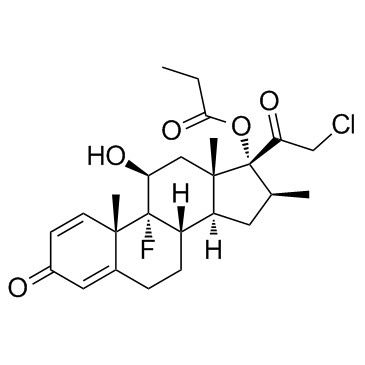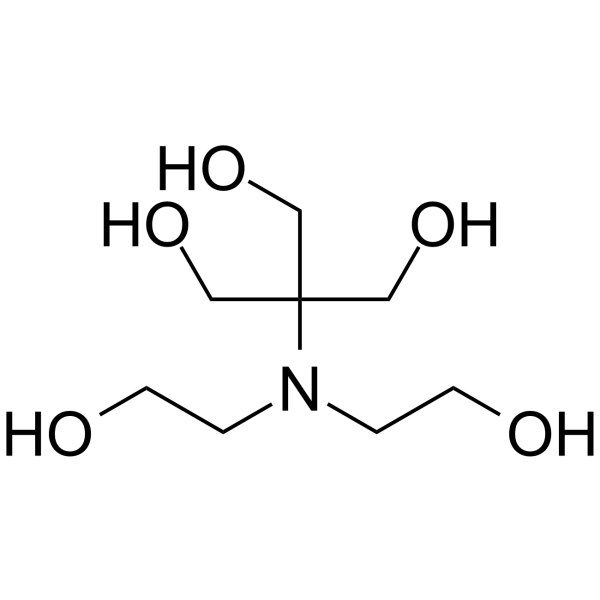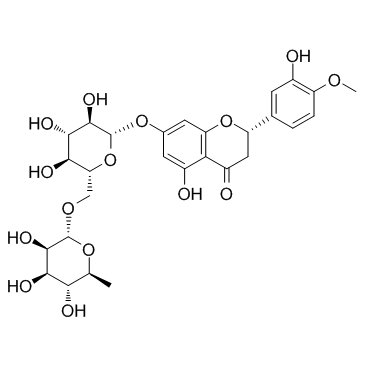| Structure | Name/CAS No. | Articles |
|---|---|---|
 |
Clobetasol propionate
CAS:25122-46-7 |
|
 |
Bis-tris methane
CAS:6976-37-0 |
|
 |
Hesperidin
CAS:520-26-3 |